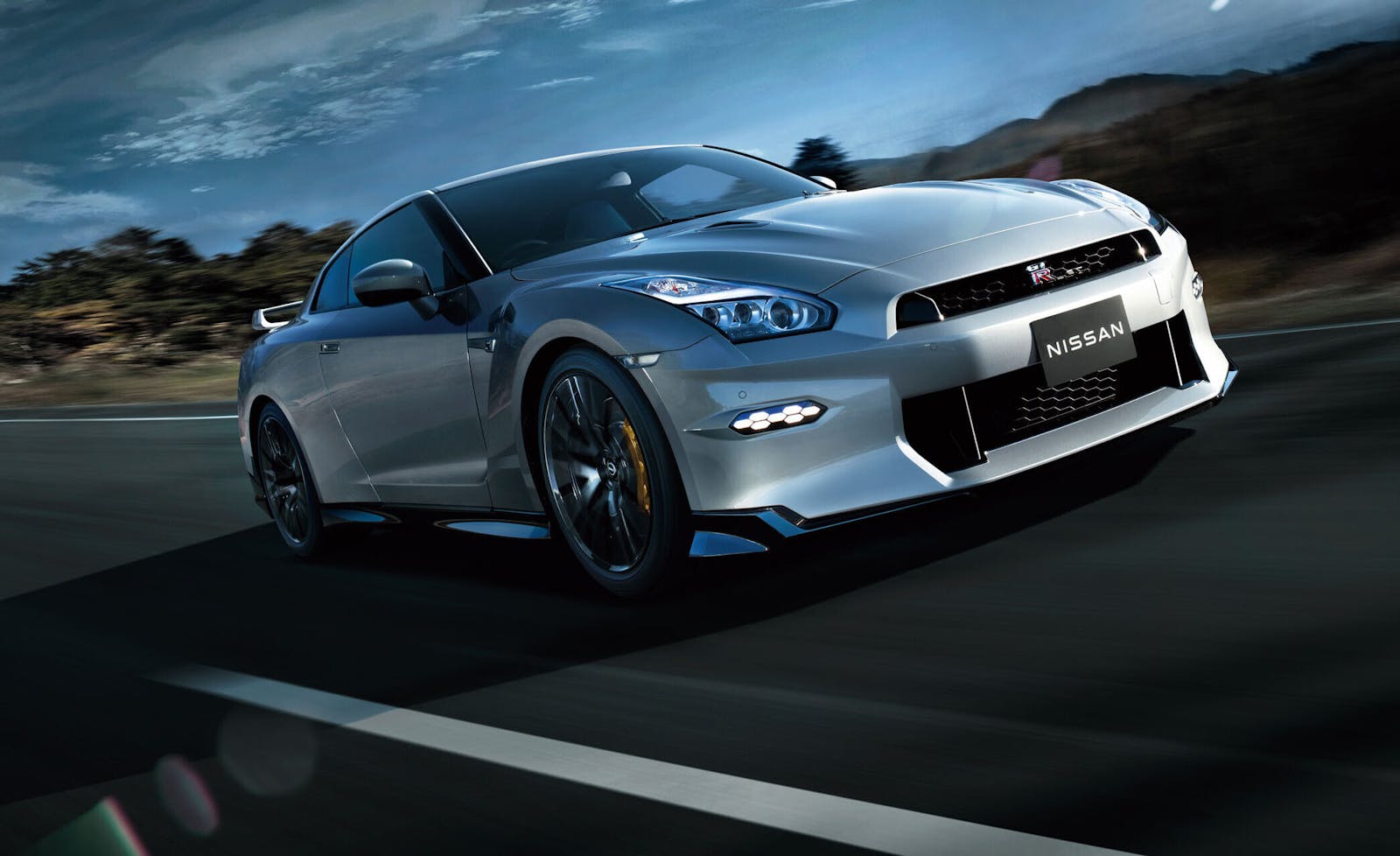Media | Articles
Rare cars don’t always fetch big bucks
Demand is strong for ’50s and ’60s Ferraris and Mercedes-Benz 300SL Gullwing coupes
Automobiles manufactured in small quantities might make them somewhat rare but not necessarily valuable.
Supply and demand are key in today’s collector car world and recently the big demand has been for specific Ferraris from the ’50s and ’60s and Mercedes-Benz 300SL Gullwing coupes and roadsters.
Last month in Scottsdale, Ariz., I witnessed the sale of a sad-looking 1956 Mercedes Gullwing in need of a complete restoration sell for $1.8 million, and a 1967 Ferrari 330 GTS which had experienced an engine fire and looking rather grim having been untouched and abandoned in a garage selling for over $2 million.
The same could not be said for a 1937 Autovia Special Saloon that sold at an auction in England a number of years ago. Autovia Cars Ltd. began in 1935 with a capital investment from Victor Riley of the famous car manufacturing dynasty.
Marketplace
Buy and sell classics with confidence
His plan was to open a subsidiary company and new factory to produce a luxury car. Riley’s new venture was ambitious and even included a chauffeur’s school.
Autovia offered three body types: a sports saloon, a special saloon and a limousine. One could also purchase a rolling chassis and have one of the many coachbuilders of the day build a body of one’s choice.
The cars were powered by an engine that used a previously developed Riley engine block. The very advanced 100-horsepower overhead-valve V8s were fitted with two Zenith carburetors. The 2,849-cubic-centimetre engines had triple camshafts and were capable of cruising comfortably at 145 km/h.
Customers had a choice of gearboxes — either an Armstrong-Siddeley pre-selector box or a four-speed ZF manual, driving a rear-axle fitted with a David Brown, worm final drive which rotated the 19 wire wheels.
The total Autovia production amounted to 29 saloons — one Special Saloon pictured here was the 1937 London Motor Show car — and five limousines. Records are lacking for the remaining cars.
The new marque failed to make any headway in an overcrowded marketplace resulting in Victor Riley’s dream coming to and end in 1938, when Riley and Autovia went into receivership.
This rare one-off Autovia sold for a mere $52,000.










